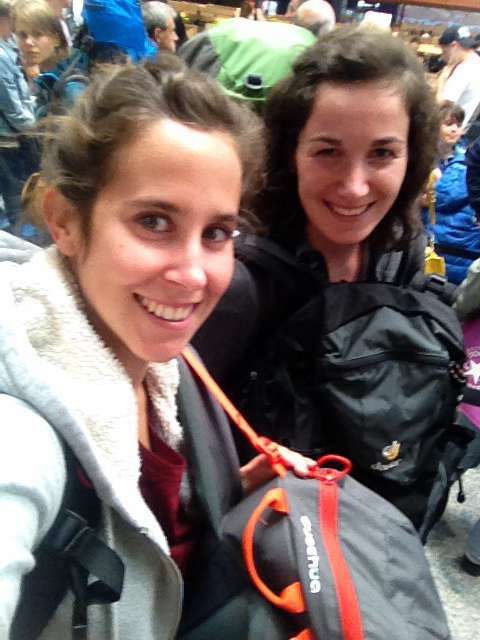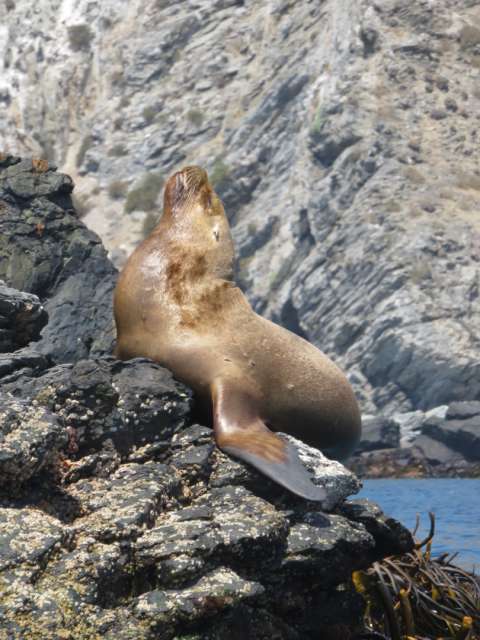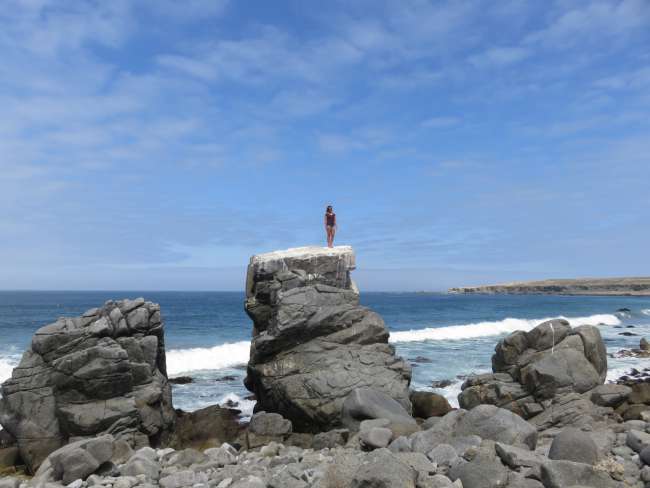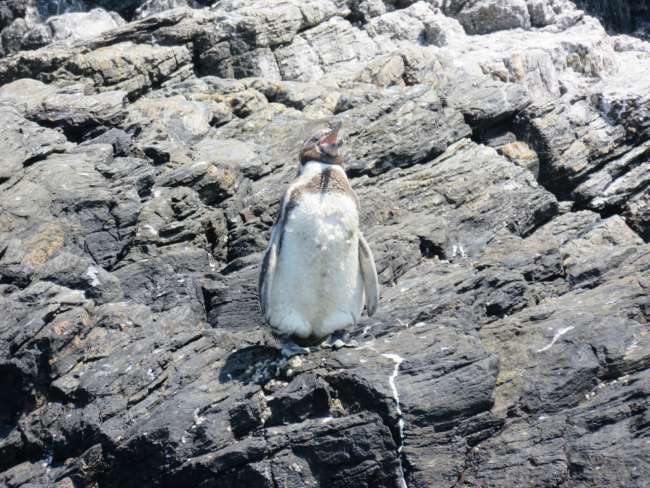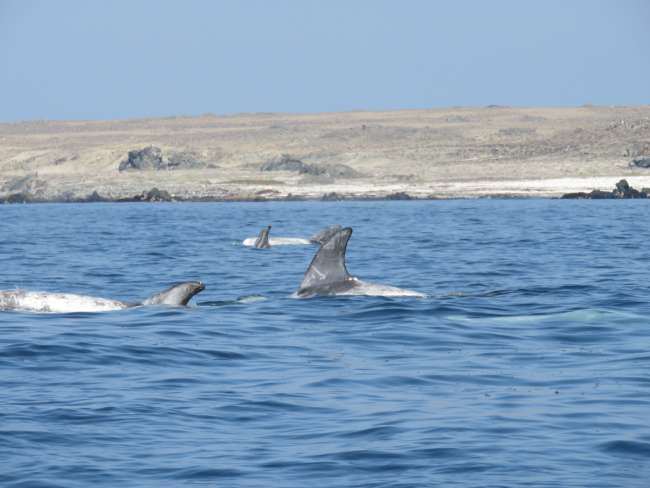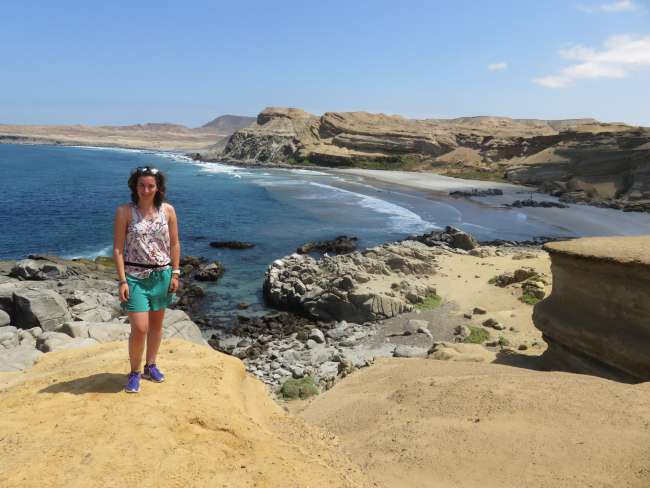Bad weather and change of plans
Atejade: 25.01.2017
Alabapin si iwe iroyin
After our first attempt to stargaze in San Pedro de Atacama failed due to bad weather, we made a second attempt after a detour to Iquique. First, we had to wait until the full moon was over, as you also can't see anything during that time. When finally a few days had passed, bad luck with the weather caught up with us again. It rarely rains in this region, but we managed to spend several rainy days here. We decided to change our plans and continue traveling to Salta, Argentina, without visiting the observatory as planned. But here too, we were faced with bad luck. Due to the heavy rainfall, the mountain pass was closed and there was no alternative. We had no choice but to change our route. We looked for some interesting places on the Chilean coast and set off.
The first stop was Caldera/Bahía Inglesa: We were amazed at how many beautiful beaches this area has. From the calm sandy beach in a large bay to the rugged rocky beach, everything was there. We rented a car and drove along the coast to discover some secluded beaches.
Next, we went to La Serena, a beautiful colonial-style city. On the first day, we joined hundreds of Chileans who were here on their summer vacations at the beach. In the evenings, there was always something going on thanks to a festival. Not far away is a national park where we were able to observe Humboldt penguins, sea lions, and a large group of small dolphin-like whales. With a bit more luck, we could have even seen blue or humpback whales, but unfortunately, they didn't show up on that day.
We found out that Valle del Elqui is also nearby, which offers excellent conditions for stargazing as well as beautiful landscapes and vineyards. Since there were no affordable hostels available, we took advantage of the offer from the star observatory to camp on their property. We bought a tent, sleeping bags, and mats and set up camp. On the first night, there were too many clouds and we had to postpone the tour again. But the next day, luck was on our side and the tour took place. We observed various star nebulae that are hardly visible to the naked eye. But through the telescope, suddenly hundreds of stars appear. We even got to see Jupiter and its four moons. The whole experience was rounded off with a glass of wine from the region.
Alabapin si iwe iroyin
Idahun
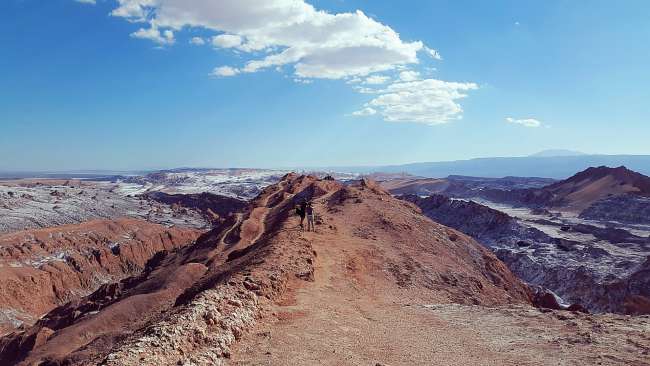
Awọn ijabọ irin-ajo Chile

